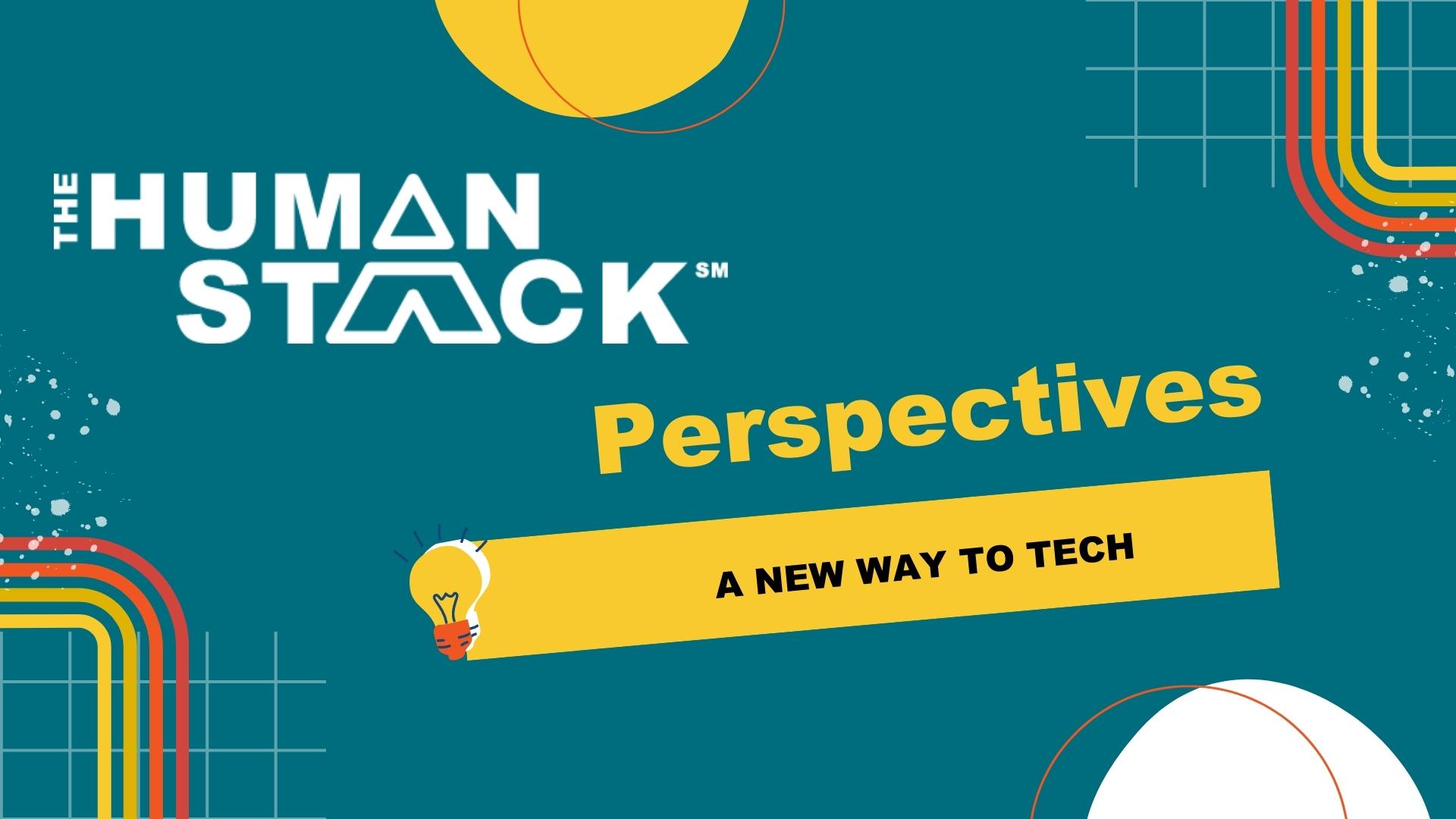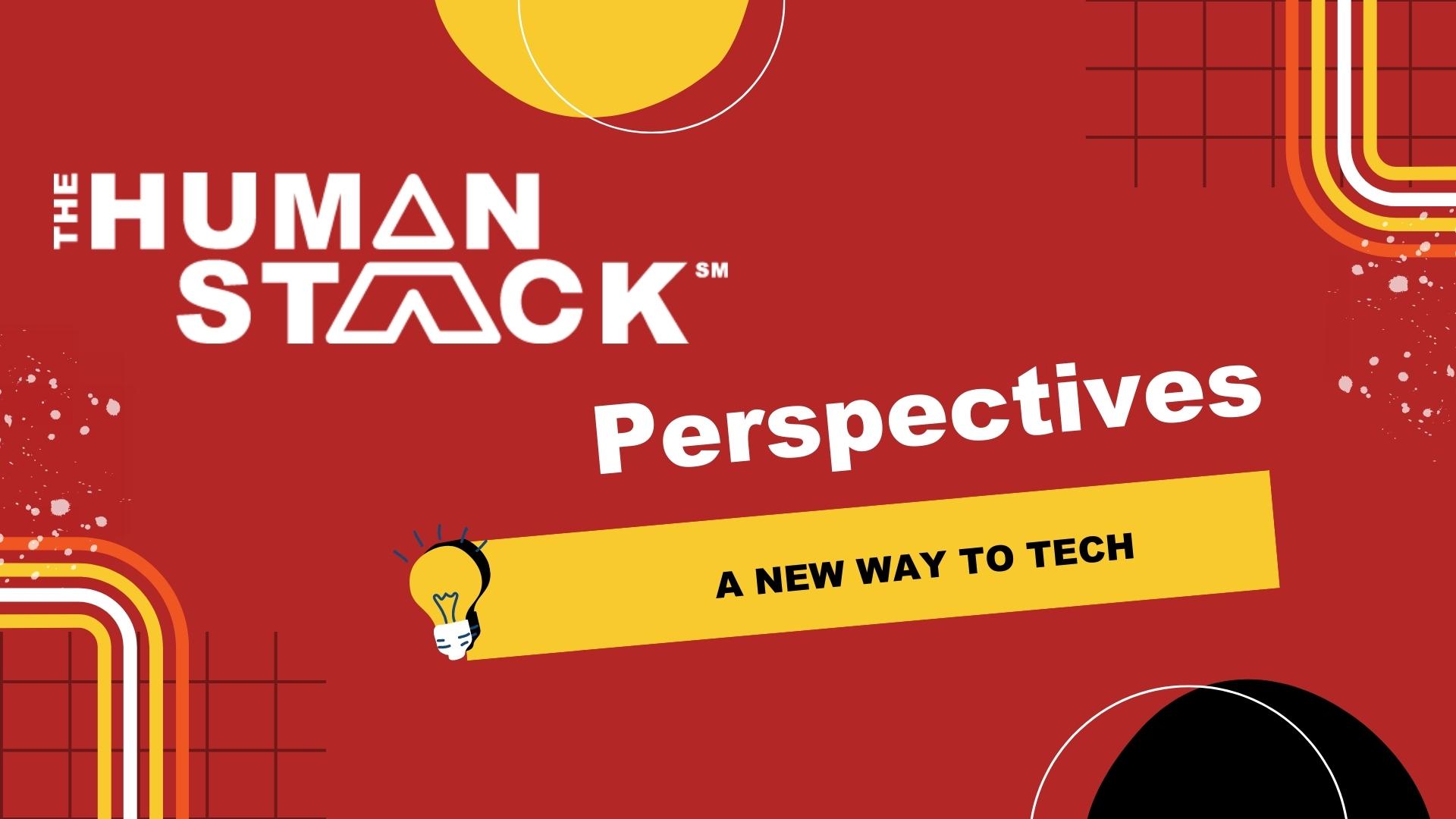4 min read
How to Spot the Most Common Pitfalls of a Nonprofit CRM Implementation and Get Help Early
 Tim Lockie
:
June 26, 2021
Tim Lockie
:
June 26, 2021
When you purchased your nonprofit CRM technology from your CRM vendor, you assumed the best: That the CRM solution would be flawlessly implemented through a well-managed project from start to finish. Your staff would enthusiastically buy into this new CRM platform software and your organization would get closer to achieving its mission and CRM success.
Then reality set in.
Maybe it hit you when your data was wrong and gave you unreliable information that you realized your implementation was headed for failure.
Or maybe you realized things had gone off the rails when your staff started reverting to their old methods of doing things, like using Excel data spreadsheets instead of the nonprofit CRM software that you just invested in.
If you catch the early warning signs that your nonprofit CRM implementation is not off to a good start, you can stop everything and reverse course.
Knowing what to look out for can save you time, stress, and avoid an implementation crisis with your new nonprofit CRM software.
7 Early Warning Signs Your Nonprofit's CRM Implementation is Failing
There are well-managed, on-time, successful nonprofit CRM implementations, and then there are ones that take nonprofits completely off-course, negatively altering their timelines, goals, and budgets.
If you start to see any of the following things happening at your organization (surprise, it is not about the software!), it's time to pause before it's too late and you're dealing with a failed nonprofit CRM implementation:
- Your staff stays silent. When staff doesn't speak up during early discovery meetings, it's likely because the staff hasn't bought into the new nonprofit CRM system. There's another scenario that tends to happen, too. If you only hear from one staff member or one department and no one else chimes in it's because not everyone agrees with that one person or department. They don't want to start an argument or cause any discord, so they stay quiet.
- Departments are disconnected. You're one organization with one mission. So why do different staff levels or departments seem to have a different understanding of your nonprofit's mission? One department may describe your mission as feeding hungry people. The other would describe your mission as remediating food deserts. If there seems to be little to no interconnectivity between departments and staff levels, the silos start to rise higher and higher until departments are disconnected.
- Change orders run rampant. Change orders pop up when implementation consultants don't have the information they need, or they have constant conflicting information so they need clarification. If your volunteer management department tells your implementation consultant one thing that conflicts with what the fundraising department said, your consultants will likely have to change the scope of the CRM project.
- Surprise data pops up. When you're going through a nonprofit CRM implementation, surprises aren't good. Especially if they're in the form of surprise data coming from rogue databases (read: Excel spreadsheets) and other software. The new nonprofit CRM software should be the only place data is coming from and if it's not? Your staff will have the answer.
- Excitement isn't shared. When staff learns about a new nonprofit CRM system your organization is implementing, you might not be met with the excitement you'd expect. This is because all a staffer will think about is that it's going to take more work for them to be trained on the CRM tool and learn a new system. Diverging enthusiasm between leadership and staff about what the new nonprofit CRM system will bring to the table is not the way to start a new implementation.
- Your staff is unconvinced. When a staff member or department learns about the new nonprofit CRM software and expresses their doubt about the new system being sufficient for your organisation, there's something else going on. Usually, there's an undiscovered need behind your staff member or department's doubt that the new nonprofit CRM software will do what they need it to do.
- Discovery turns into complaining. It's normal for nonprofit teams to have complaints during the implementation process. But if discovery meetings with your implementation partner turn into constant venting sessions, re-hashing why the technology doesn't work, something's off. The goal of a discovery meeting should be to capture what doesn't work so you can solve it in the new CRM system. What happens instead is you've put a Band-Aid on fixing the old way of doing things in a new CRM system while adding a lengthy data migration and hoping for great user adoption.
How to Steer Your Off-the-Rails Nonprofit CRM Implementation Back on Track
Just because you've noticed a couple of warning signs beginning to surface, doesn't mean your nonprofit CRM implementation is doomed. Knowing what you can do to level-set and start fresh can keep your nonprofit - and staff - working smoothly.
The first thing to do when you notice any red flags emerging isn't to sweep them under the rug. You have to stop everything. Usually, there's no incentive to stop - you're up against time and a budget. But by stopping and acknowledging there are fundamental issues to address, you create some breathing space for a better CRM strategy and solutions to surface with your nonprofit software.
Instead of treating these issues as blockades to accomplishing your nonprofit CRM implementation, see them as opportunities to deepen your organization's engagement with itself. Reconnect disconnected staff members and disjointed departments. These are all opportunities to repair the fractures your organization has suffered.
Lastly, create a framework for implementing solutions. Maybe you start weekly tactical meetings to discuss the issues you're addressing and how they're being solved. Your framework could also look like creating a form of case management to focus on improving data.
Giving your staff a chance to pause, acknowledge the tensions and challenges everyone's facing, and devise ways to approach those opportunities (remember, they're not roadblocks!), restarts momentum in a different direction.
Your nonprofit software, CRM functionality, and automation are all made to help you and your mission. Recognizing the harbingers of an impending nonprofit CRM implementation crisis can give you the insight you need to make the right decisions for your staff, your organization, and your customer relationship management investment.
Editor's Note: This post was originally published in March 2021 and has been revamped for accuracy and comprehensiveness.





